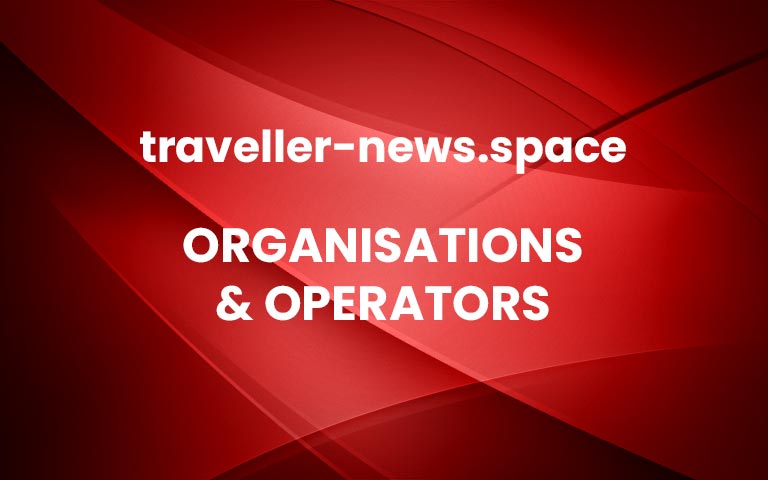EVA AIR LAUNCHES NEW FOURTH-GENERATION PREMIUM ECONOMY CLASS IN THE UNITED STATES
EVA Air, the world’s first airline to introduce Premium Economy Class in 1992, is set to debut its all-new fourth-generation Premium Economy in the United States this fall. Launching on October 3rd, the redesigned cabin will make its U.S. premiere on the inaugural flight of EVA Air’s new Taipei–Dallas Fort Worth route, offering American travelers […] More


